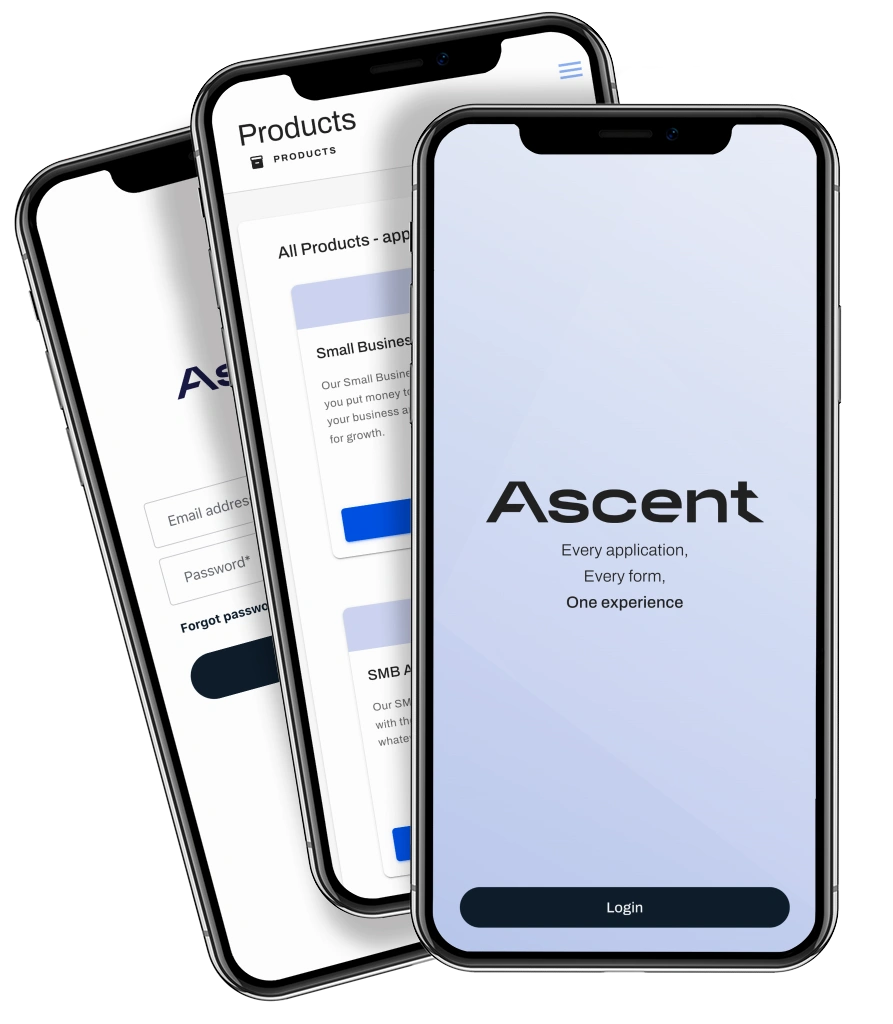Making Banking Human Again
Technology should work quietly in the background, freeing bankers from keyboards so they can focus on people.
Our Mission
Banking used to be personal.
You shook hands, listened to their story, and knew your customer.
Then screens took over. Data became fragmented, and relationships turned into workflows.
We're changing that.
Ascent automates the admin, connects the data, and gives time back to the people who make banking matter.
Our Story
Ascent started with a simple observation.
Even the smartest people, working with the best intentions, struggle to see the full picture when information lives in silos.
Arjun was leading a company, Allan was advising, and they met regularly to share progress. Yet even with constant communication, opportunities were missed because context was missing. A customer Arjun had been chasing for months turned out to be a connection that was already available.
That experience became our lesson. People, and the systems they use, often have the right data but no shared understanding.
Ascent was built to change that.
We connect the dots so bankers can see, understand, and act in real time. We make data flow, systems learn, and people matter again.
Our Vision
The next decade of banking won't be defined by apps - it will be defined by intelligence.
Ascent has built the AI platform that quietly runs every workflow, every insight, every relationship, behind the scenes.
When the systems take care of themselves, bankers can finally take care of people.

